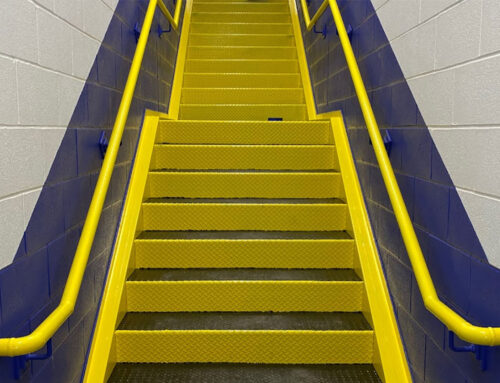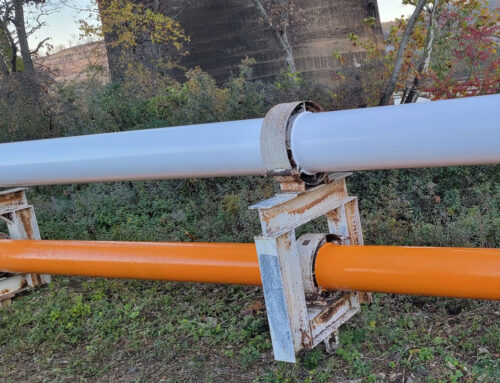Industry standards, set by the American Society for Testing and Materials International (ASTM) and the National Association of Corrosion Engineers (NACE), provide a broad framework for sandblasting, industrial painting, and coating protocols. However, within a particular project and a particular company, the quality of surface preparation, industrial coatings, and industrial painting can vary greatly.
To pinpoint exactly how a finished project should look, industrial painters develop quality control measures. These mission-critical guidelines inform not only how a sandblasting, coatings, and industrial project should be done and set a quality standard for the final product. They also establish a common-ground understanding between industrial painters and clients.
At Eagle Eye Services, it’s our goal to maintain strict quality control for every project. Here’s how we pursue it and why we believe it’s important. Read on to learn more.
- Quality Control Minimizes Variability in Materials, Project Outcome, and Price. During the early stages of quality control, we meet to outline the scope of a project, choose appropriate materials, assign roles, and develop a budget. Our approach is to test pipelines and industrial equipment. From this data, we have a baseline–and a jumping-off point–for the project. As the project gets underway, we continue to inspect and test to ensure the coatings meet our standards.
- Quality Control Reduces Waste, Additional Excess Hours, and Excess Materials. Our approach to quality control focuses on increasing efficiency before and during a project. That means not buying materials we don’t need and not padding a project with additional manhours. With this stringent approach, we don’t need to throw away unused materials and equipment and we don’t need to overcharge for unnecessary time. Our quality control mindset includes cost savings for our clients.
- Quality Control Decreases the Risk of Lawsuits and Regulatory Violations. There’s no way around it. Lawsuits are expensive. Unmet regulations will shut down a project completely. During our regular quality control meetings, we identify potential liabilities and local, state, and federal regulations our team will need to operate under. This approach means changing the way our industrial painters perform a task, increasing safety, and reducing the risk of an accident. It also means monitoring how our equipment operates, checking for inconsistencies, and addressing them immediately.
- Quality Control Increases Communication Between Clients and Industrial Painters.It’s common for us to meet with clients and ask how we could have better performed a job. Was it done within budget? Was it done to their satisfaction? Did they feel confident during the planning and execution of the project? The answers to these questions help us refine our quality control measures as we move forward.
Without Appropriate Quality Control Measures, Projects Are At Risk. That’s Why Eagle Eye Services Institutes Own Practices.
Through hundreds of industrial coatings projects, we’ve learned that quality control is an ever-evolving process. New, efficient ways of performing tasks are discovered; new regulations and safety best practices are introduced. Our team of NACE-certified industrial painters has developed a set of quality control measures leveraging their years of experience in the field. To learn more about how we approach industrial painting, schedule your free consultation today.
Ready to Get Started?
Have questions about your project or need a quote? We’ve got someone ready to help you.



